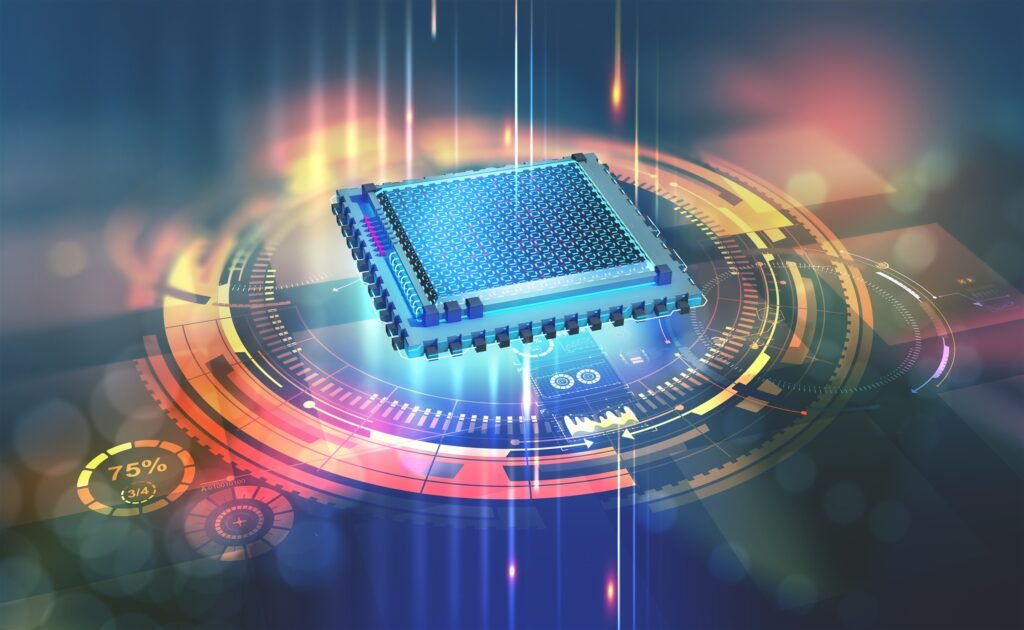Characterization : Standard Cell, Memory & I/O
Standard cell characterization
Standard cell characterization is a crucial step in integrated circuit (IC) design, involving the rigorous analysis and measurement of electrical properties and performance of standardized transistor-based cells. These cells are fundamental building blocks with predetermined functions and sizes. Characterization involves determining key parameters like delay, power consumption, noise margins, and setup/hold times for various input conditions and operating voltages. The goal is to create accurate models that represent cell behavior, enabling precise prediction of how these cells will operate in different scenarios. This information is essential for optimizing the design, ensuring the IC meets performance specifications and power-efficiency requirements.


Memory cell characterization
Memory cell characterization involves a detailed analysis and measurement of electrical and functional properties specific to memory cells in integrated circuits. Memory cells store digital data and come in various forms like static random-access memory (SRAM) or dynamic random-access memory (DRAM). The process includes assessing critical parameters such as read and write access times, retention, stability, power consumption, and noise margins. These characterizations provide essential insights into the memory cell's behavior, aiding in the design and optimization of memory architectures to meet performance, reliability, and power-efficiency demands, ensuring accurate functionality and optimal integration within the overall memory system.
I/O (Input/Output) characterization
I/O (Input/Output) characterization involves analyzing and measuring the electrical behavior and performance of input and output interfaces in integrated circuits. This process includes assessing parameters such as input and output voltage levels, timing characteristics, current drive capabilities, signal integrity, and power consumption. Characterization helps in understanding how the IO cells interact with the external world, ensuring reliable communication with other devices and systems. Accurate IO models are crucial for optimizing signal quality, minimizing interference, meeting specifications, and ensuring compatibility with a wide range of external devices, ultimately contributing to the overall functionality and performance of the integrated circuit.

